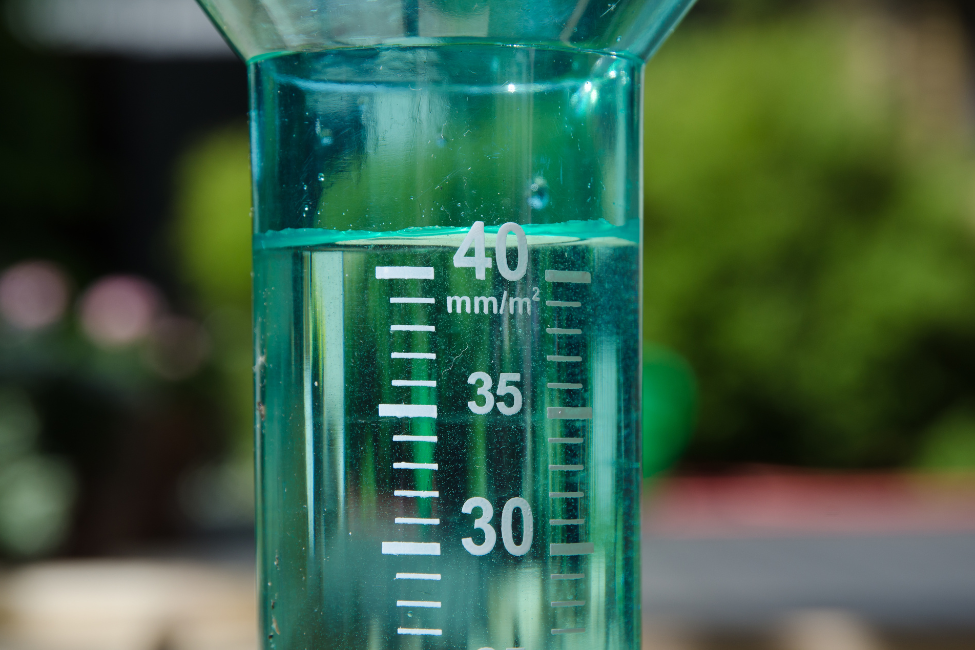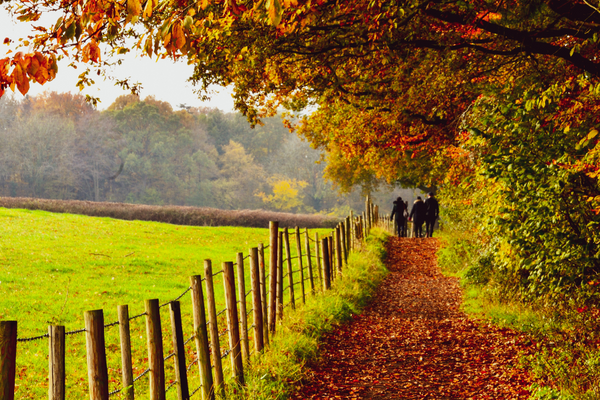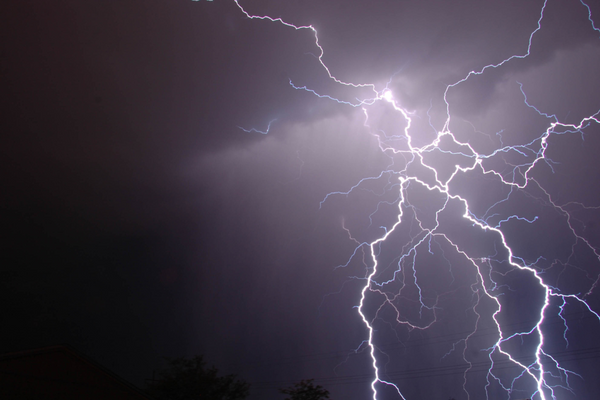Understanding Rainfall Measurements

2 minute read
In the UK, even a single unexpected shower or dry spell can make all the difference to your garden's health. The amount of rainfall is crucial for keeping plants thriving, yet while many gardeners check their rain gauge, few are entirely sure what those numbers really mean for their plants. Familiarising yourself with your rain readings can transform guesswork into useful information, enabling you to water more intelligently and save time so that your garden can truly thrive.
What Different Amounts of Rainfall Mean
Rainfall is measured in millimetres (mm), which is the quantity of water falling evenly over every square metre of your garden. Here is a brief guide to what the figures mean:
Light rain (0-2mm): Only wets the surface of the soil. Most plants will still need a little additional watering.
Moderate rain (3-10mm): Provides gentle, effective boost to lawns, bedding flowers, and vegetable beds. Perks up enough without overwatering.
Heavy rain (10mm+): Soaks the soil. Do not water for a few days to prevent waterlogging.
Pro tip: Remember, soil makes all the difference. Sandy soils drain fast and might need extra watering even after light rain, while clay soils retain water for longer periods, so even a light shower can go further than you think.
Want to know exactly when and how much to water? Take a look at our blog on keeping your garden watered to perfection for more tips.
Why Your Rain Gauge Readings Might Differ from Forecasts
It should not come as a surprise that your garden's rain gauge readings would not match local weather reports. Trees, fences, and buildings, as well as microclimates, can all affect how much rain ends up on your plants. That is why having your own rain gauge, manual or digital, is so valuable. It indicates exactly what your plants are receiving, as opposed to an average across the region. Tracking your garden's rain history enables you to understand your garden's unique patterns. You may have some areas that are a bit dry and could use an extra watering or maybe an area that gets a bit more water than others
Turning Rain Measurements into Action
Once you are familiar with your rainfall readings, you'll be better equipped to make smarter watering decisions. Keep a rainfall chart, or fall back on a digital rain gauge that logs and stores readings for you automatically. After light to moderate or even heavy rainfall, the majority of gardeners will not need supplemental watering for one or two days, conserving your water and sparing your plants.
By tracking the rain in your garden, not only will your plants be healthy, but you will also be attuned to your local weather patterns, a true test of an enlightened gardener.
Also in Metcheck News

Weather Watching for Wellbeing
There is a quiet comfort in watching the weather. Simple observations can transform everyday moments into small, restorative rituals.

Spotting the Signs of Early Autumn Weather
The UK shows the first signs of autumn. Cooler nights and breezier days signal the seasonal shift. Learn how to spot and track these changes.

Lightning Detector Guide for Outdoor Safety
The StrikeAlert Personal Lightning Detector spots lightning up to 40 miles away, giving clear alerts and storm direction to keep you safe outdoors.
